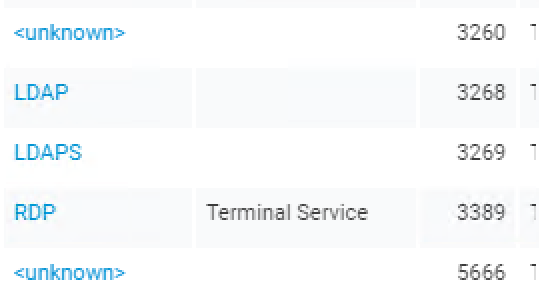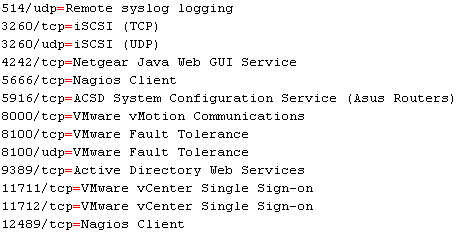Project Honolulu – First impressions
Project Honolulu is Microsoft’s attempt at revamping the server administration experience. Historically the Windows server toolkit has been built around using numerous MMC (Microsoft Management Console) plugins – things like Event Viewer, AD Users and Computers and DNS Management are all built on MMC. We’ve seen a couple of attempts at revamping this in the past, there was Server Manager in 2008 and a refreshed form in 2012.
I suspect one of the driving forces behind Honolulu is the shift from RPC-based connectivity to WinRM for remote administration of servers. Honolulu seems to represent an alignment with this since it supports only Server 2012 onwards as nodes to manage, and its gateway component installs on Windows 10 or 2016. The documentation claims the management functions are performed using remote powershell or WMI over WinRM.

